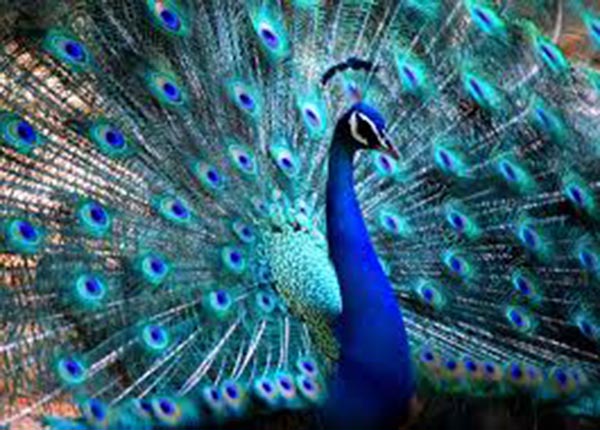

Peafowl is a common name for three species of birds in the genera Pavo and Afropavo of the Phasianidae family, the pheasants and their allies. Male peafowl are referred to as peacocks, and female peafowl as peahens, though peafowl of either sex are often referred to colloquially as "peacocks." The two Asiatic species are the blue or Indian peafowl originally of the Indian subcontinent, and the green peafowl of Southeast Asia; the one African species is the Congo peafowl, native only to the Congo Basin. Male peafowl are known for their piercing calls and their extravagant plumage. The latter is especially prominent in the Asiatic species, which have an eye-spotted "tail" or "train" of covert feathers, which they display as part of a courtship ritual. Read more
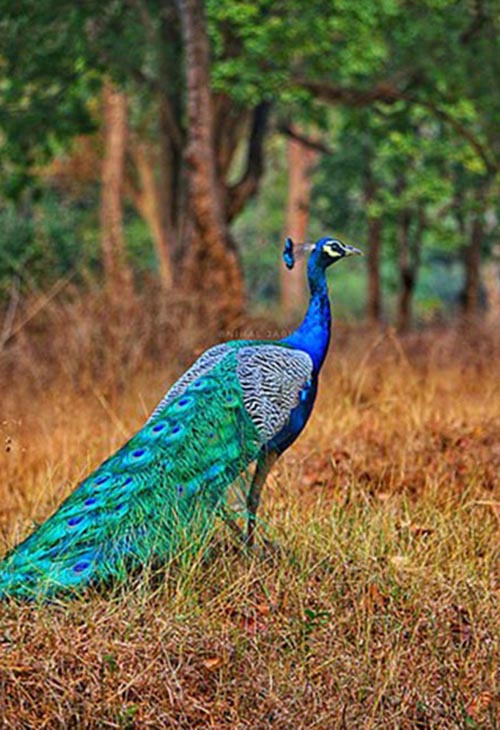
Brooklyn, NY April 2020
I've been watching the birds building nests in the trees across the street in the park - oblivious to humans below as they sit and walk while social distancing during the COVID-19 pandemic. I visualize baby birds hatching through their shells then compare it to humans doing much the same thing on the other side of the current quarantine. There is an innocence and wonder about what they are observing just as there is an innocence and vulnerability to the human experiment.
As with baby hatchlings - one cannot simply fly free. It takes time and experience about what works and what doesn't. Slowly and cautiously humans will enter the revised world of 2020 to an uncertain future created by surrounding factors. Don't jump out of the nest too quickly. Take your time to fly free. A new norm will slowly show itself but be braced for the unexpected for it too is part of the equation.
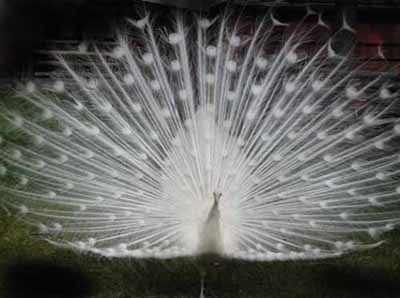
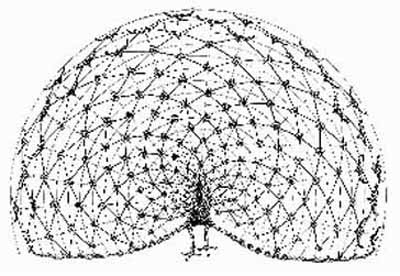
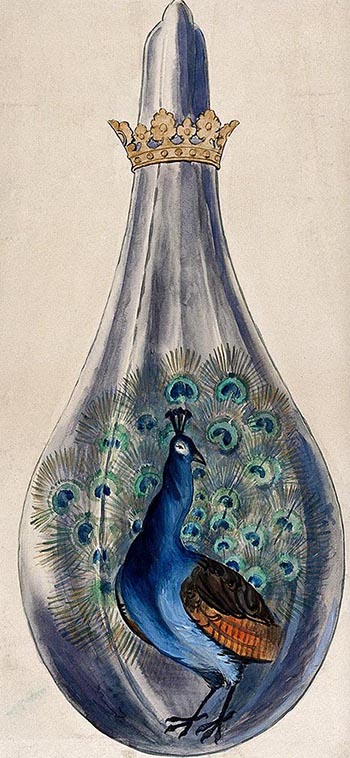
Emergence of Consciousness
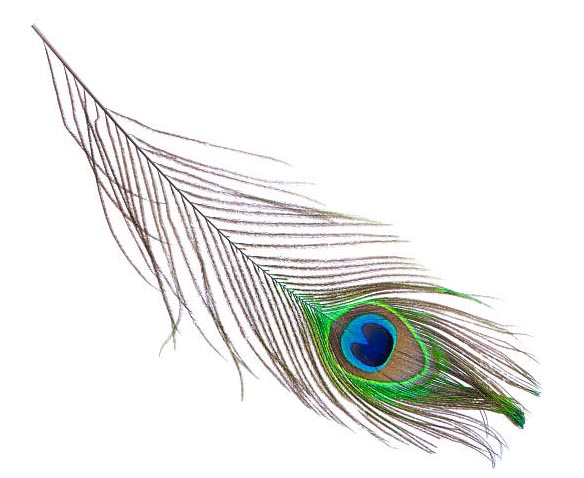
Peacock Feathers for Protection:
The peacock is considered to be a bird of protection and safe guarding. This bird is also valued as a protection for the psychic self. There has been lore that writes that to have a peacock feather within the home this helps to safe guard any of the energy in the environment. I personally have always had peacock feathers in my home, even when I was a child in my room. I also know that some native people also use the peacock feathers in fans and some crafting. While I have heard some individuals speak of not having them in the home but I can say that nothing has never come about for me. I found the feathers and consider them to be a gift from The Creator.
Peacock for Harmony
The peacock brings harmony and joy to our mind. This bird is majestic, proud with much expression and as the male bird walks and dances to the female in courting. This reminds us of the celebration in life.
NBC displays the peacock with its tail feathers full of All-Seeing Eyes. In Hinduism... 'when the god Indra transforms himself into an animal, he becomes a peacock. In India the peacock was believed to have a thousand eyes in its feathers... In Java, the peacock was associated with the Devil. In Mosul in northern Iraq, there is a sect of Yezidis who hold that the Devil is not evil, and call him the Peacock Angel.'
Myth has the peacock representing fidelity, as it dies of grief, or remains single, if it loses its mate.
Legend says it hates gold and will not go near it.
Peacock also is said to be able to foretell rain, and dances when rain is coming.
Finding a peacock feather - good luck, harmony, serenity, peace of mind, relaxation and protection are all associated with the magnificent peacock.
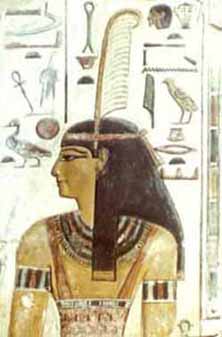
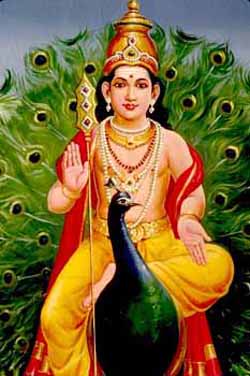
The crown of peacock's feathers leads to a further revelation: that it is the music of the heart which can be expressed through the head; it is the knowledge of the head and the love of the heart that together fully express the divine message. The peacock's feather in all ages has been considered as a sign of beauty and knowledge; beauty because it is beautiful, knowledge because it is in the form of an eye. It is by keen observation that man acquires knowledge. Knowledge without love is lifeless. So, with the flute, the crown of peacock's feathers makes the symbol complete.
In Hinduism, the Peacock is associated with Saraswati, a deity representing benevolence, patience, kindness, compassion and knowledge. Peacocks have a special relation with Lord Krishna. he wears peacock feathers on his head, and ties them with his flute. These feathers are given to him by the peacocks themselves.
Peacock is also the mount of Hindu God of war Murugan, also called Kartikeya, the brother of Ganesha. Similar to Saraswati, the Peacock is associated with Kwan-yin in Asian spirituality. Kwan-yin (or Quan Yin, Guanyin) is also an emblem of love, compassionate watchfulness, good-will, nurturing, and kind-heartedness. Legend tells us she chose to remain a mortal even though she could be immortal because she wished to stay behind and aid humanity in their spiritual evolution.
In Greco-Roman mythology the Peacock is identified with the goddess Hera (Juno). The eyes upon the peacock's tail comes from Argus whose hundred eyes were placed upon the peacock's feathers by the goddess in memory of his role as the guard of Io, a lover of Zeus that Hera had punished. The eyes are said to symbolize the vault of heaven and the "eyes" of the stars.
In Babylonia and Persia the Peacock is seen as a guardian to royalty, and is often seen in engravings upon the thrones of royalty.
In Christianity, the peacock is a symbol of eternal life. The Peacock symbolism represents the "all-seeing" church, along with the holiness and sanctity associated with it. Additionally, the Peacock represents resurrection, renewal and immortality within the spiritual teachings of Christianity. Themes of renewal are also linked to alchemical traditions too, as many schools of thought compare the resurrecting phoenix to the modern-day Peacock.
Melek Taus, the Peacock Angel, is the Yazidi name for the central figure of their faith. The Yazidi consider TawuseMelek an emanation of God and a benevolent angel who has redeemed himself from his fall and has become a demiurge who created the cosmos from the Cosmic egg. After he repented, he wept for 7,000 years, his tears filling seven jars, which then quenched the fires of hell. In art and sculpture, Tawuse Melek is depicted as a peacock. However, peacocks are not native to the lands where Tawuse Melek is worshipped.
In 1956, John J. Graham created an abstraction of an eleven-feathered peacock logo for American broadcaster NBC. This brightly hued peacock was adopted due to the increase in color programming. NBC's first color broadcasts showed only a still frame of the colorful peacock. The emblem made its first on-air appearance on May 22, 1956. The current version of the logo debuted in 1986 and has six feathers (yellow, orange, red, purple, blue, green).
A stylized peacock in full display is the logo for the Pakistan Television Corporation.
In some cultures the peacock is also a symbol of pride or vanity, due to the way the bird struts and shows off its plumage.
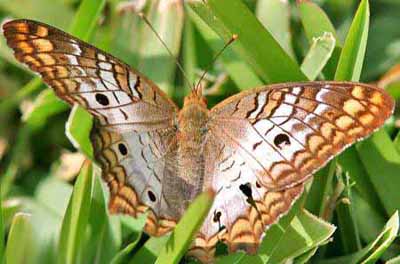

The former tenant gave me this semi-circular sofa.
